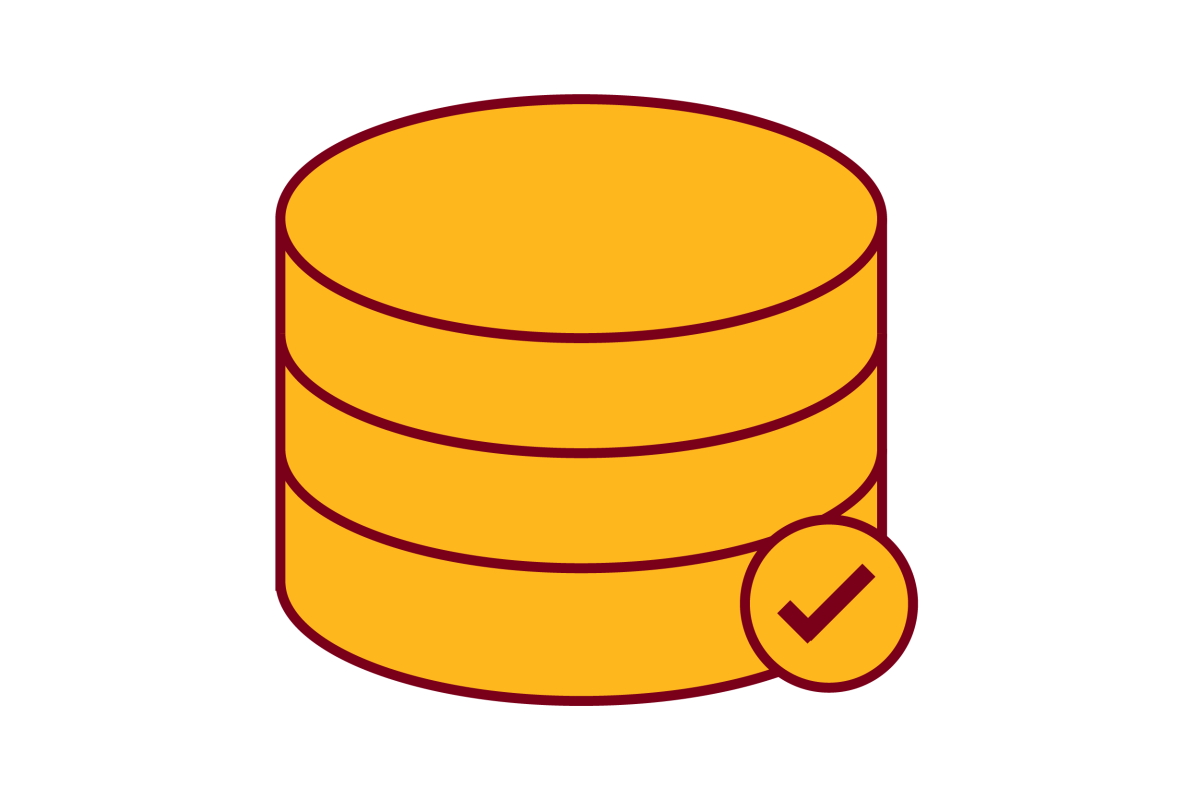Assessing Individual and Community Vulnerability to Fake News in Social Networks [preprint]

Preprint date
February 4, 2021
Authors
Bhavtosh Rath (Ph.D. student), Wei Gao, Jaideep Srivastava (professor)
Abstract
The plague of false information, popularly called fake news has affected lives of news consumers ever since the prevalence of social media. Thus understanding the spread of false information in social networks has gained a lot of attention in the literature. While most proposed models do content analysis of the information, no much work has been done by exploring the community structures that also play an important role in determining how people get exposed to it. In this paper we base our idea on Computational Trust in social networks to propose a novel Community Health Assessment model against fake news. Based on the concepts of neighbor, boundary and core nodes of a community, we propose novel evaluation metrics to quantify the vulnerability of nodes (individual-level) and communities (group-level) to spreading false information. Our model hypothesizes that if the boundary nodes trust the neighbor nodes of a community who are spreaders, the densely-connected core nodes of the community are highly likely to become spreaders. We test our model with communities generated using three popular community detection algorithms based on two new datasets of information spreading networks collected from Twitter. Our experimental results show that the proposed metrics perform clearly better on the networks spreading false information than on those spreading true ones, indicating our community health assessment model is effective.
Link to full paper
Assessing Individual and Community Vulnerability to Fake News in Social Networks
Keywords
data mining, social network analysis